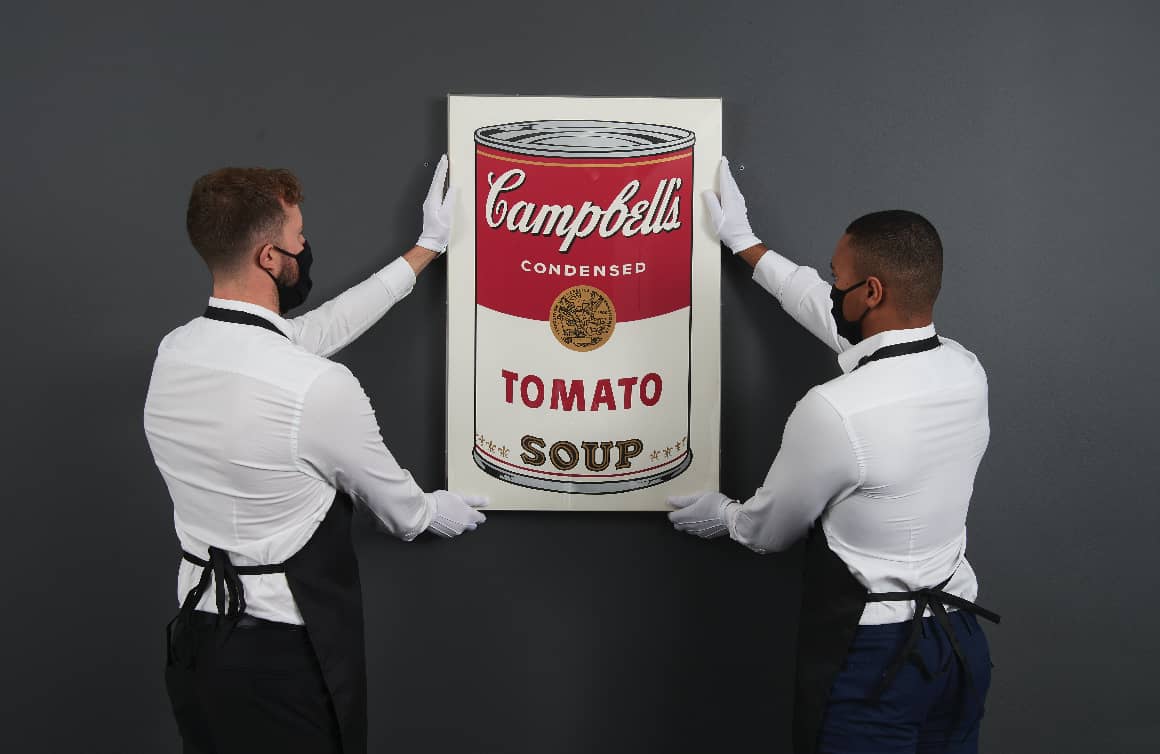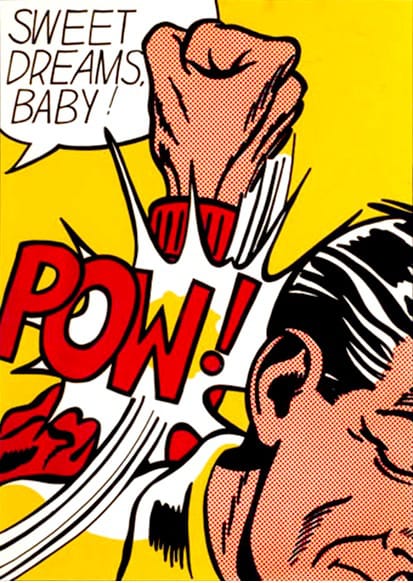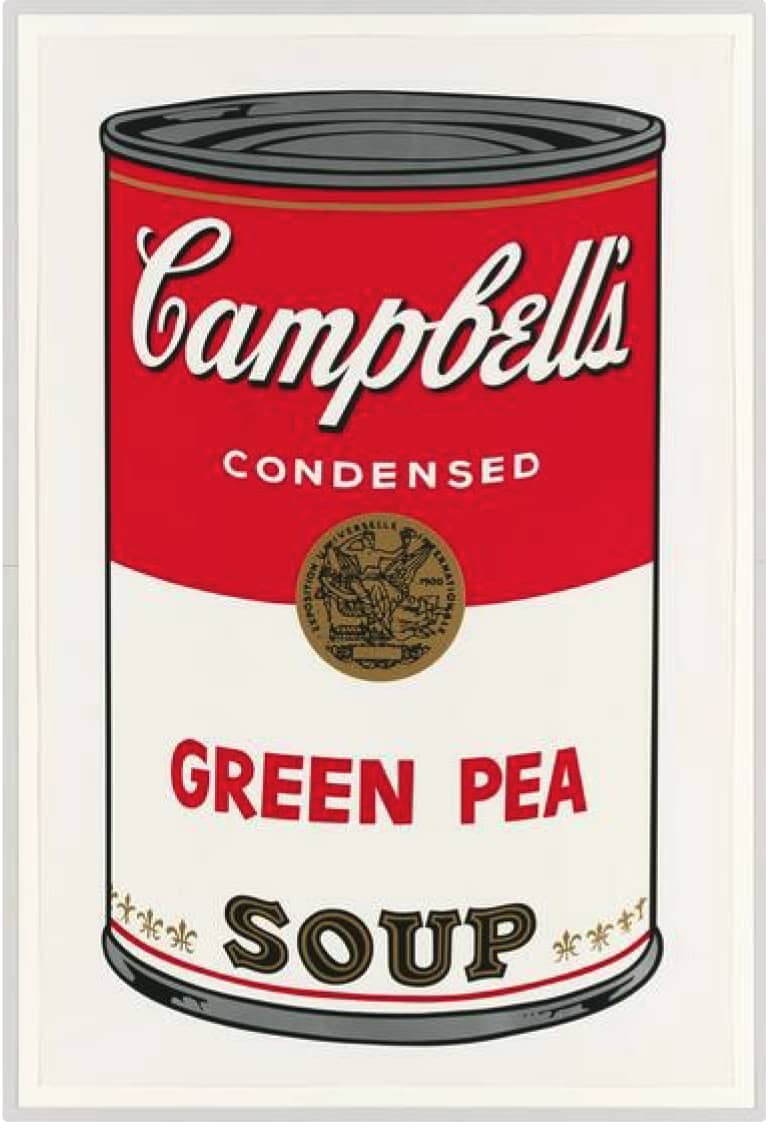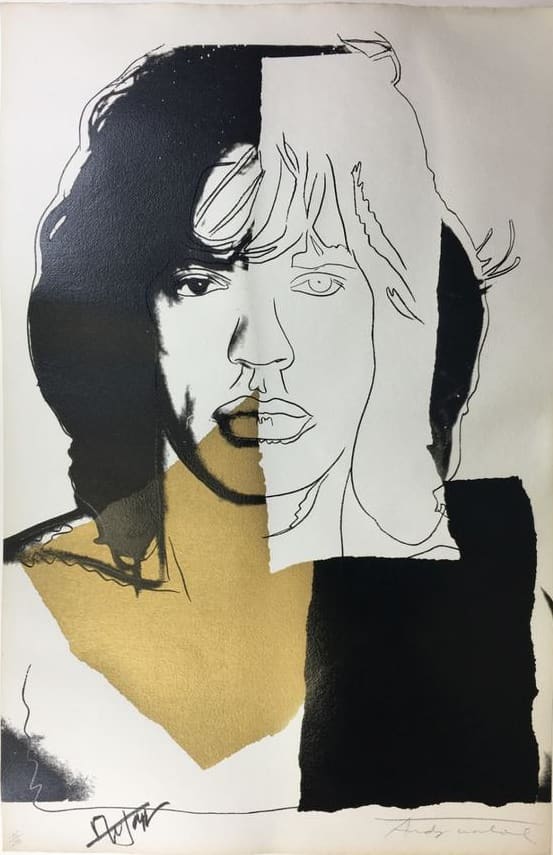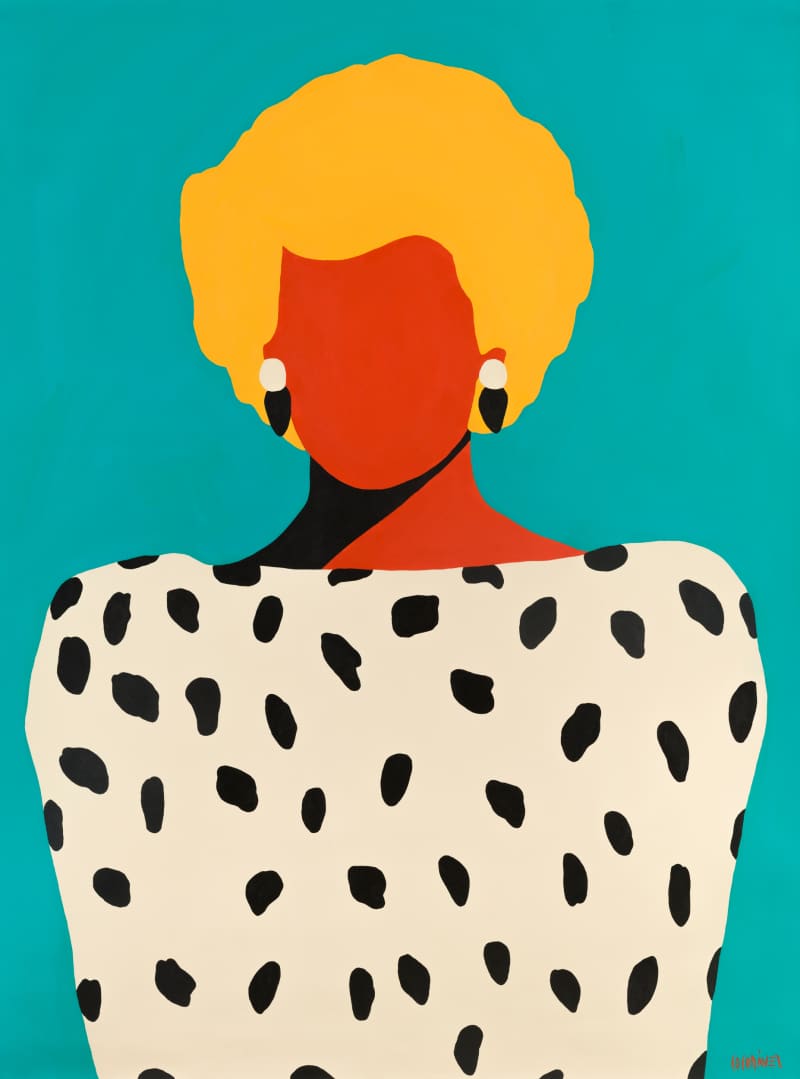In anticipation of Texan heiress Anne Marion’s treasure trove of pop art works being sold at Sotheby’s this Spring, we take a closer look at why after sixty years, pop art is still so highly favoured by collectors and investors across the world.
This Spring, the collection of the late Texan philanthropist and oil heiress, Anne Marion, will be sold at Sotheby’s. Her assemblage of art, although also containing Old Master works, is primarily made up of blue chip American Post-War artists. Featuring the likes of Gerhard Richter, Robert Motherwell, Roy Lichtenstein and Andy Warhol, Marion’s $150 million collection will be the latest sale in a long line of auctions marking contemporary art’s unwavering appetite for pop art.
In anticipation of Anne Marion’s collection going to auction, we investigate the reasons behind the ongoing popularity of pop art and examine the factors that have played into the movement’s longevity.
Pop art is approachable.
Pop art as a movement was conceived for the people. Following the elitism that came hand in hand with Abstract Expressionism, pioneering artists such as Andy Warhol, Richard Hamilton and Roy Lichtenstein entered the art scene with artworks that glorified the banal and the everyday. From supermarket items and magazine cuttings to celebrity icons and cartoons, pop art reappropriated a recognisable visual language, transforming the ordinary into fine art. Derived from pop culture, there is a familiarity about pop art that makes it approachable. Unlike the fear of incorrectly interpreting abstract mark-making or seemingly random brushstrokes, pop art’s reinterpretation of the well-known presents an element of safety that instantly puts the viewer at ease; an aspect which has undoubtedly helped the movement’s durability.
Pop art is comparatively affordable.
From embracing the banal and challenging notions of authorship and originality, pop art was revolutionary in many ways. One of the most interesting ways the movement transformed the art world, however, was through medium, with the widespread introduction of screen printing as a fine art technique. Artists including Keith Haring and Andy Warhol adopted screen print as a primary technique, creating editions of prints as opposed to one-off works. This transformed the landscape of contemporary art and meant that pop art was comparatively much more affordable than previous movements. Where works were created as editions rather than unique paintings, the price points naturally were lower, meaning that although over the past couple of decades, pop art has risen exponentially in value, the works remain comparatively affordable.

KEITH HARING, ICONS (PORTFOLIO), 1990
The movement pre-empted the rise of celebrity culture.
Although originating over half a century ago, many core themes of pop art remain relevant today. One such theme is that of celebrity culture. Andy Warhol, the pioneering artist indebted with popularising the movement in the United States, explored the idea of celebrity long before the rise of influencers and reality television. Coining the term ‘15 minutes of fame’ with his infamous comment that “in the future, everyone will be world-famous for 15 minutes”, Warhol pre-empted the rise of celebrity culture and the potential sinister nature of its effects. Some of Warhol’s most eminent works feature celebrity icons from the 1960s, ranging from movie stars and rock stars to politicians and sportsmen. The inclusion of famous figures in fine art works marked a germinal moment for the contemporary art world, a moment which signalled the collapse between the triangle of art, commerce and celebrity. Since the movement’s conception, celebrity culture has only become more entrenched in everyday life, making Warhol’s work a harbinger for a future society he never got to experience.
Artists continue to reimagine the movement.
Pop art’s prolonged popularity has also certainly been aided by the movement’s fluidity and adaptability. As a genre, pop art has not been confined to its original form with artists continuing to reimagine the movement for a 21st century audience. Although many of the movement’s original themes are universal, artists including Coco Dávez, Takashi Murakami and Jeff Koons, have updated the visual language to resonate with contemporary viewers. Whereas before the recognisable icons and brands of the moment may have been Liz Taylor or Campbell Soup, pop-inspired artists today feature a new visual lexis that resonates with a contemporary audience, continuing pop art’s relevance in contemporary art.
